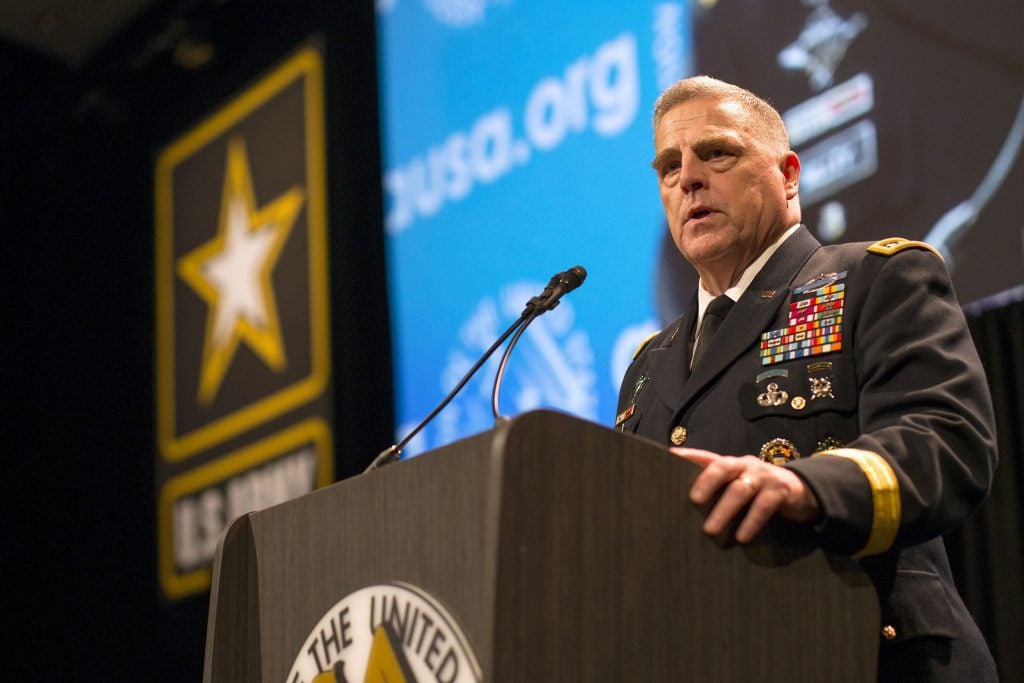US Army Selects Austin, Texas as Home for New Futures Command
The US Army has announced that Austin, Texas will be the home of its new Futures Command, the command’s location was selected from a nationwide list of 150 cities. The formation of the command was first announced back in October 2017. It is heralded as the Army’s most significant reorganisation since 1973.
The new command will oversee the process of research, development, testing, evaluation, and procurement from start to finish. It is hoped that this will streamline procurement in a way similar to that seen within the SOCOM-sphere. The new Four-star command joins the Army’s other major headquarters: Forces Command, Training and Doctrine Command and Army Materiel Command.
Futures Command will stand up to full operational capability in the Summer of 2019, but operations began on July 1. The command will lead the Army’s modernisation initiative, in a statement the Army said that the new command will:
“assess the future operational environment, emerging threats, and new technologies in order to develop and deliver concepts, requirements, future force designs, and modern materiel solutions to meet our Soldiers’ wartime needs.”
Austin was chosen after the list of 150 sites was whittled down to a list of just five contenders, including: Boston, Philadelphia, Minneapolis and Raleigh, N.C. Local incentives and the presence industry and academic research and development hubs like the University of Texas and so-called ‘incubator hubs’ which provide space for start-up companies were major draws for the Army. Austin is also relatively near to established bases including Fort Hood and Joint Base San Antonio.
“The establishment of the Army Futures Command is the best example of our commitment to the future readiness and lethality of the force,” said Mark Esper, Secretary of the Army, “Army Futures Command will help fulfill the Army Vision by addressing the key shortcomings of the current acquisition system, providing unity of command, effort, and purpose to the entire modernization enterprise.”
The command will have an operational strength of around 500 military and civilian personnel with some transferring from the Training and Doctrine and Army Materiel Commands. General Mark Milley, the Chief of Staff of the Army, said: “This is a big year for the Army because we believe that we need to significantly reform the way the Army does research and development, testing and evaluation, procurement, and everything else that contributes to the modernization process,” said

